A review of Urban Acupuncture: Celebrating Pinpricks of Change that Enrich City Life, by Jaime Lerner. 2014. Island Press, Washington. ISBN 13: 978-1-61091-583 / ISBN 10: 1-61091-583-6. 143 pages.
For traditional Chinese medicine, acupuncture is a method to stimulate specific points of the body to change or regulate a specific pathology and benefit the broader system. In this sense, Jaime Lerner, in the new English Edition of his Urban Acupuncture, proposes to point to specific evidence and specific actions in the city to comfort general urban illness.
Modern urban reform in early 1950´s sought to control land use and zoning, compartmentalizing human activity into the three spheres of action: dwelling, work, and leisure. During the 60’s and 70’s, urban planners and architects worked to create connections between the ideals of theory and the realities of daily life, offering residents the possibility of taking part in these processes.
Nowadays, a contemporary movement of planners and designers of the city gathers actions that reinvent our daily lives and reoccupies urban space with new uses or recovering the collective memory. The academic work of Jan Gehl, described in his book Cities for People is focused in a methodology approach to improve the urban qualities and enrich people´s urban life.
Lerner’s book encourages planners, public officials and citizens to articulate common sense urban tools to change cities, and to make and promote simple, focused actions and initiatives that ripple outward to uplift city life. In this view all cities have the opportunity to experiment with changes and promote urban transformations by reading and responding to the people’s needs. Lerner’s work provides a global perspective on recent urban transformations and encourages cities that still have challenges ahead to improve urban conditions for people. The way that Lerner tells us about different urban experiences is as if we travel around the world through the pages of this book. He offers notes from experience not only as a renowned urban designer, but also someone with a very high sense of humanity. The readers of this work will find the roots and spirit of the concepts developed by Jane Jacobs, William Whyte and many other thinkers on cities around the world.
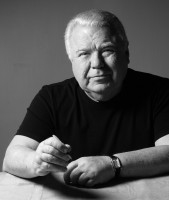
Jaime Lerner is a Brazilian architect, urban planner and politician. He is renowned, having been Mayor of Curitiba, capital of Paraná three times (1971–75, 1979–84 and 1989–92). He was elected as Governor of the state of Paraná, in southern Brazil in 1994, and was reelected in 1998. Lerner has received national and international awards by his initiatives as Mayor and Governor, including United Nations Environmental Award, awarded by the United Nations Environmental Program (1990); Annual Prize of the International Institute for Energy Conservation (1990), Scroll of Honor, United Nations Human Settlements Programme (1991), Child and Peace Award, UNICEF (1996), among others.
As shown by Lerner in this book through his own professional experience, urban changes don´t need to be large-scale and cities don´t necessarily need expensive budgets to be transformed. Curitiba was transformed into a global model of sustainability and livability through its initiatives in integrated public transit, public parks and the restructure of land use, turning the city into an urban model not only for Latin America, but around the world. Each city needs to find their own potential to operate in different urban scales: from a specific location, to a neighborhood or an urban infrastructure.
The book is written in the way Italio Calvinos´s Invisible Cities (1972) and encourages the reader to penetrate deep inside the city and sharpen the perception to understand simple situations that value the citizen. The book is structured in short chapters introduced by a title that summarizes a concept to take an initiative in different cities around the world. For example rescuing a river (Cheonggyecheon River in Seoul), the street sounds, colors and scents (Sihanoukville, Cambodia), or how to find someone in a city, the need of meeting points and how Caracas or Tokio improved their places of reference for people.
In 2007, the Canadian Centre for Architecture (CCA) launched a research project called Actions: What You Can Do With the City. It has taken the form of an exhibition, presented at the CCA (Montreal, 2008), the Graham Foundation (Chicago, 2009) and the X Bienal de Arquitetura (São Paulo, 2013) and also made a publication and a website. This work engages in a dialogue with Lerner´s compilation of urban experiences, focusing the attention on the city. It takes a close look at things that a citizen could aspire to or need in a city. It invites us to debate and define new ways of thinking “urbanity”.
Through Urban Acupuncture´s pages we dive into concepts such as eco-clock were the author invites us to reflect how committed we are with the environment in terms of the proportion of what we spend compared to what we save.
A true urban acupuncture means to be conscious that planning is a process, with no immediate transformation. Sometimes an urban intervention begins with a focal point that allows articulate deeper urban transformations; such are the cases of Cannery district in San Francisco, the Güell Park in Barcelona or the creations of cultural machines as the Centre Georges Pompidou in Pares or Gehry´s Guggenheim Bilbao museum. Those interventions have taken the premise to re-think people needs and allow giving a new sense to the neighborhood or the area. In many cases those transformations give a new image to the place with international impact.
In many moments in the book, Lerner stops to reflect on the growth and urban development, as in the case of the city of Beijing, which has lost the image cut in the landscape: the sea of bicycles, the city of people. Today the enormous freeways and the ultra modern and eclectic building mass dehumanize the scale of pedestrians. Beijing may need a good dose of urban acupuncture to reclaim its rightful place in the sun, Lerner writes.
Many cities define urban spaces through the experiences of open markets. This is an interesting typology of organic space changing through time. A kind of moveable feast that rises early and packs up with the sun. Street markets around the world allow us to experience the daily transformation of space through time.
This book is easy to read and understand. Each story, each concept or virtue of a city follows the other. The main interest of this book is the rich vision that the author has to comment how urban strategies transform the cities. Perhaps the only weakness of the book is the lack of extension in each study case. Someone who wants to learn more about the actions made in the cities described will need to seek out further reading.
It is up to the reader to know how to dive in among these concepts and explore all that is relevant to a particular city. I recommend this book as an overview of contemporary urban aspects and complexities, one that could help enrich the discussion about where we are going with our cities.
by Sebastian Miguel
Buenos Aires


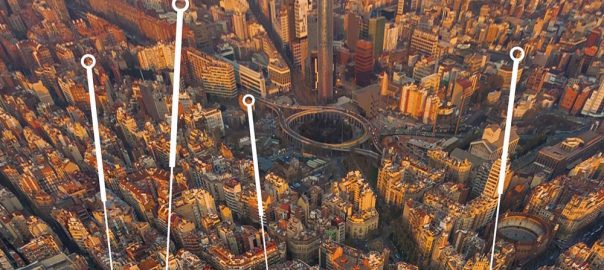
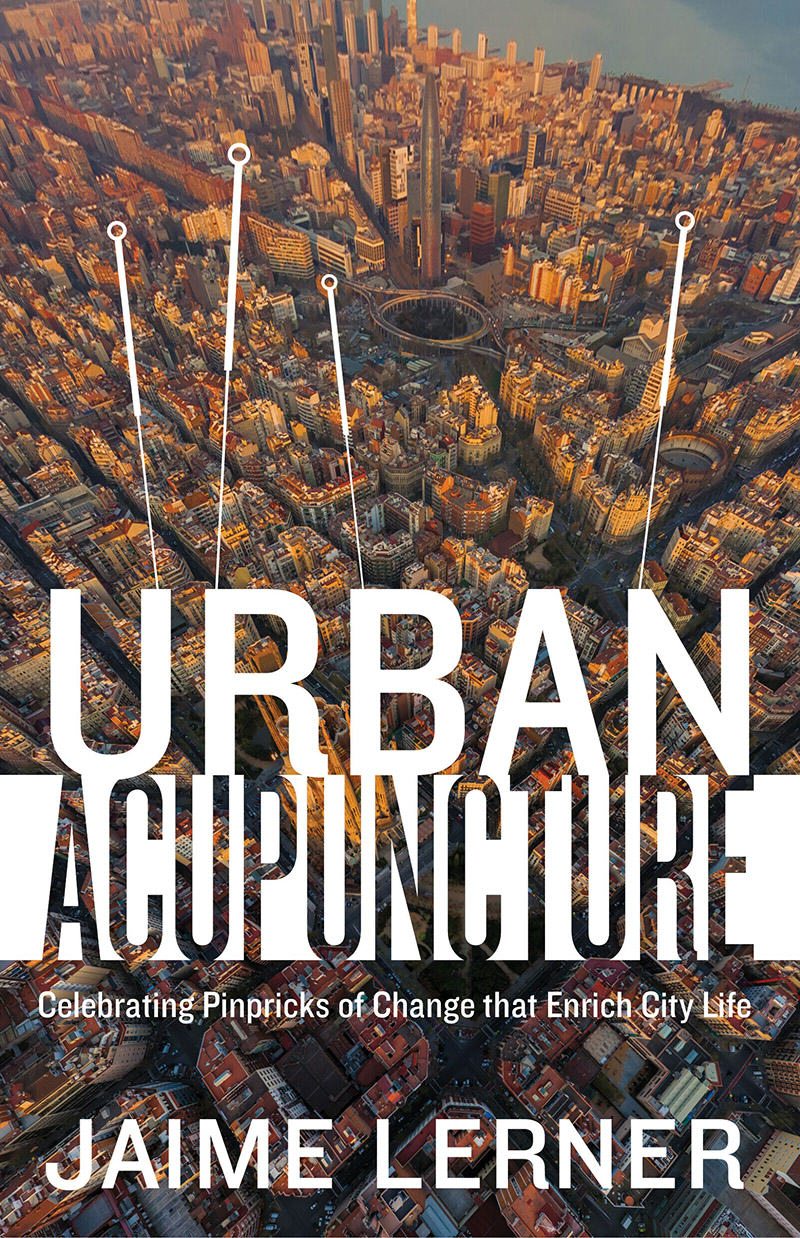
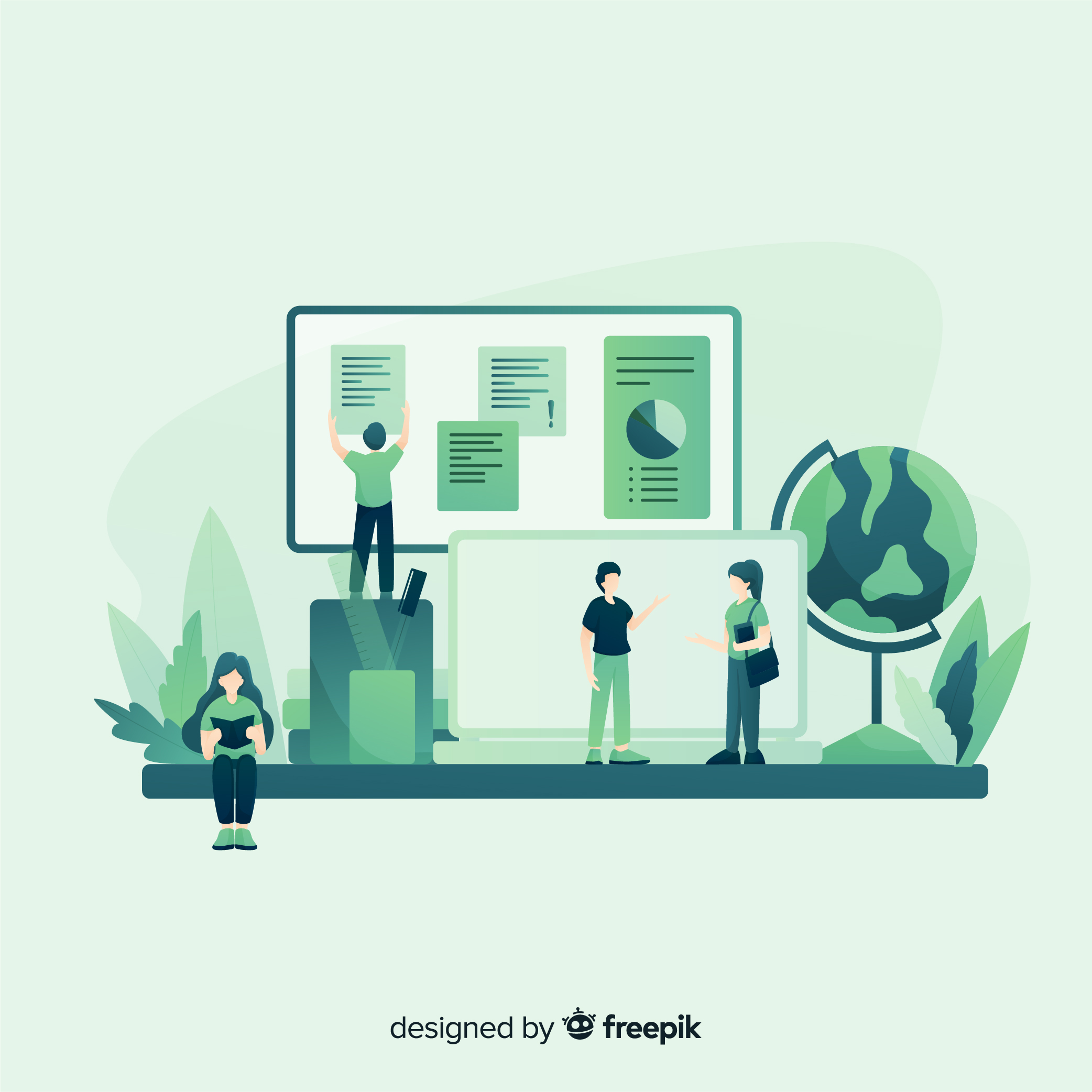
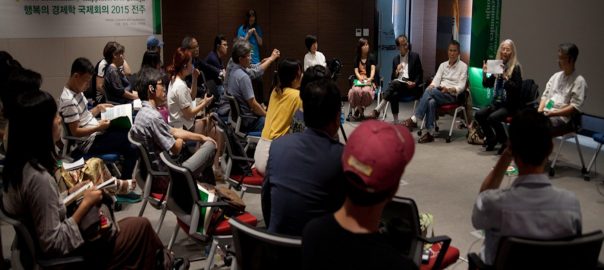

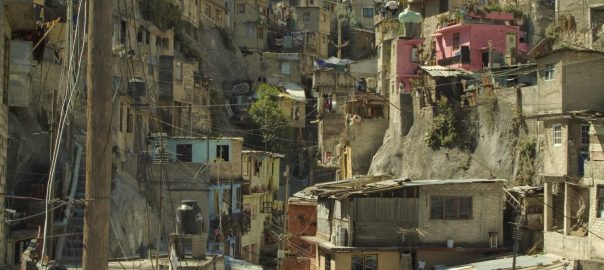
Leave a Reply